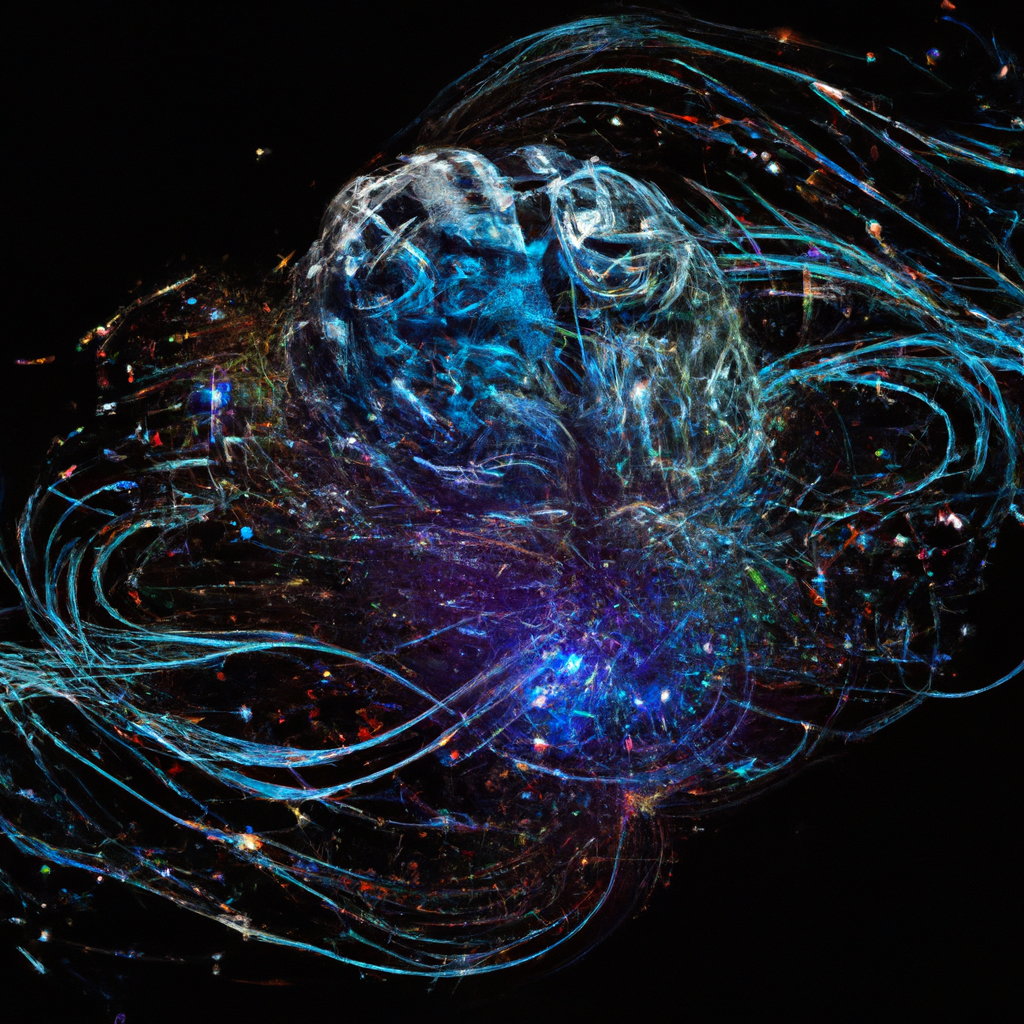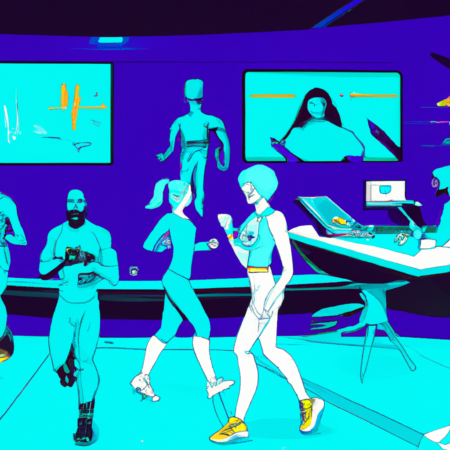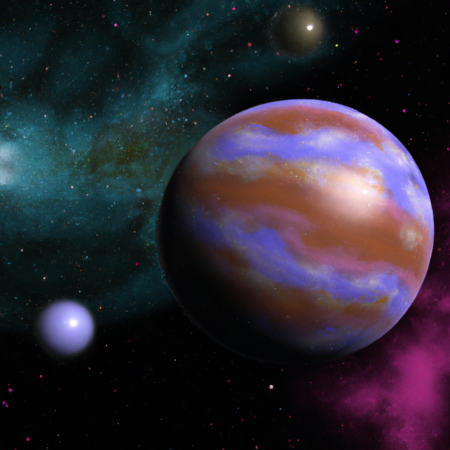Exploring the Nexus of Neuroscience and Quantum Physics: Future Insights
In the ever-evolving fields of science, the intersection of neuroscience and quantum physics presents some of the most exciting and groundbreaking opportunities for discovery. As we step into the second quarter of 2025, significant strides have been made in understanding how these two disciplines converge to unravel the mysteries of human consciousness and the universe.
The Quantum Brain: A New Frontier in Neuroscience
Recent research has delved into quantum biology, which suggests that quantum mechanics plays a pivotal role in the functioning of the human brain. This concept has led to the hypothesis that quantum processes could explain phenomena such as consciousness, cognition, and perhaps even the enigmatic nature of free will.
Quantum Entanglement and Mind Connectivity
One of the most intriguing aspects of quantum physics is entanglement, where particles remain connected so that the state of one (no matter the distance) instantly affects the state of another. Scientists are now investigating whether similar principles could be applied to neural networks in the brain, potentially leading to groundbreaking discoveries in how we understand and treat mental disorders.
Implications for Mental Health and Beyond
The implications of quantum neuroscience are vast and could revolutionize the way we approach mental health. The understanding that mental states may be interconnected through quantum processes opens new pathways for therapeutic techniques that could target these quantum interactions.
The Future of Quantum Neuroscience
As we look to the future, the fusion of quantum physics and neuroscience holds the promise of not only advancing our understanding of the brain but also of the fundamental workings of the universe. It’s a multidisciplinary endeavor that challenges our traditional boundaries of knowledge and paves the way for potentially transformative technologies.
As research continues to advance, the second quarter of 2025 may well be looked back upon as a pivotal moment in the fusion of these two critical areas of science.






